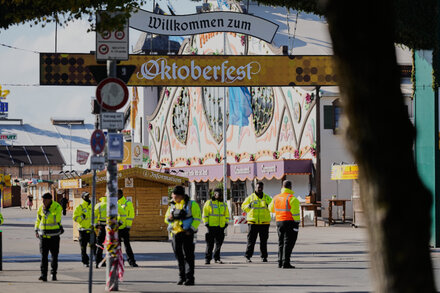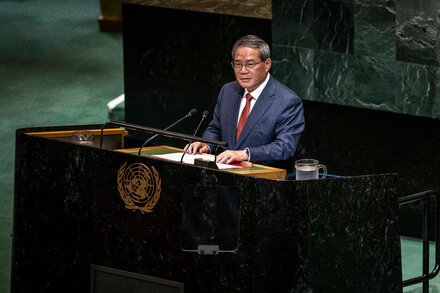Enerhodar, Ukraine – The Zaporizhzhia Nuclear Power Plant (ZNPP), Europe’s largest nuclear facility and currently under Russian occupation, experienced another full loss of external power earlier today, plunging the embattled site into a state of heightened alert. The incident, the latest in a series since the plant’s seizure in March 2022, reignited urgent warnings from international atomic energy watchdogs and underscored the persistent dangers of operating a nuclear site in an active war zone.
According to reports from the International Atomic Energy Agency (IAEA) present at the site, the plant lost connection to its last remaining 750 kilovolt (kV) main external power line, necessitating a switch to emergency diesel generators to maintain vital cooling systems for the reactors and spent fuel. While the generators reportedly engaged successfully, the repeated reliance on these backup systems has become a critical point of concern for nuclear safety experts worldwide.
The precise cause of the power cut remains unclear, fueling an atmosphere of intrigue and conflicting narratives. Ukrainian energy operator Energoatom attributed the outage to damage inflicted by ongoing hostilities in the region, without specifying further. Russian officials, who control the plant, have yet to issue a detailed statement but have previously blamed Ukrainian shelling for infrastructure damage.
Rafael Mariano Grossi, Director General of the IAEA, expressed grave concern over the incident, reiterating his long-standing appeals for a protected zone around the plant.
“This is yet another stark reminder of the extremely fragile nuclear safety and security situation at the Zaporizhzhia Nuclear Power Plant,” Grossi stated in an emergency briefing. “The plant has again been forced to rely on emergency diesel generators, which is not a sustainable solution. We are playing with fire, and we must do everything in our power to prevent a nuclear accident. The establishment of a nuclear safety and security protection zone around ZNPP is more urgent than ever.”
Even with all six reactors in a state of cold shutdown, the ZNPP requires a constant supply of electricity to power the pumps that circulate coolant through its core and spent fuel pools. A prolonged failure of both external power and backup generators could lead to a catastrophic meltdown, similar to the Fukushima Daiichi incident in 2011, though under different circumstances.
The international community has repeatedly called for the demilitarization of the area around the ZNPP and for Russia to return full control of the facility to Ukrainian authorities. However, negotiations have stalled, leaving the plant vulnerable to ongoing military activity and the increasing risk of a severe nuclear incident with potentially far-reaching consequences across Europe.
Source: Read the original article here.





